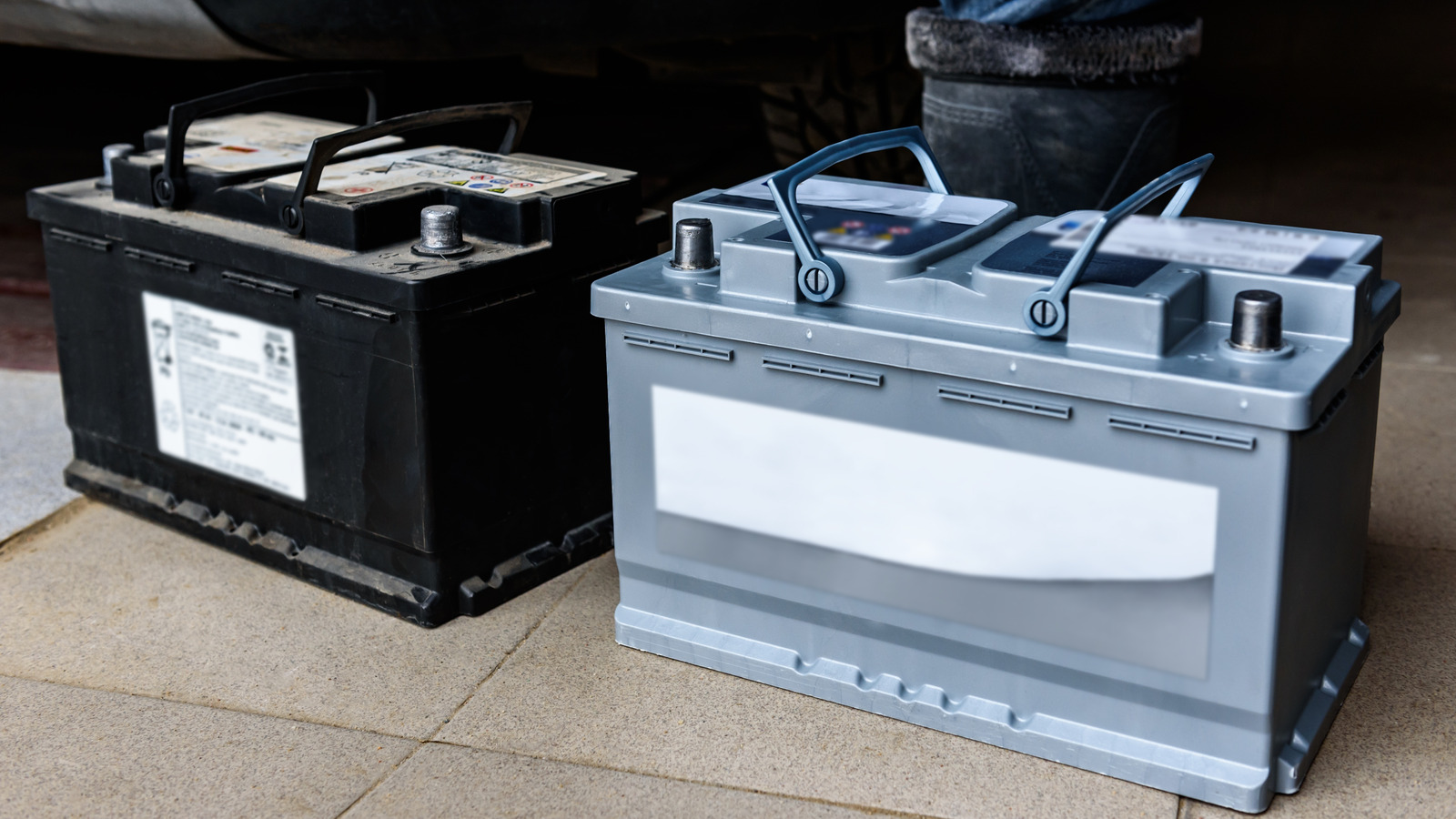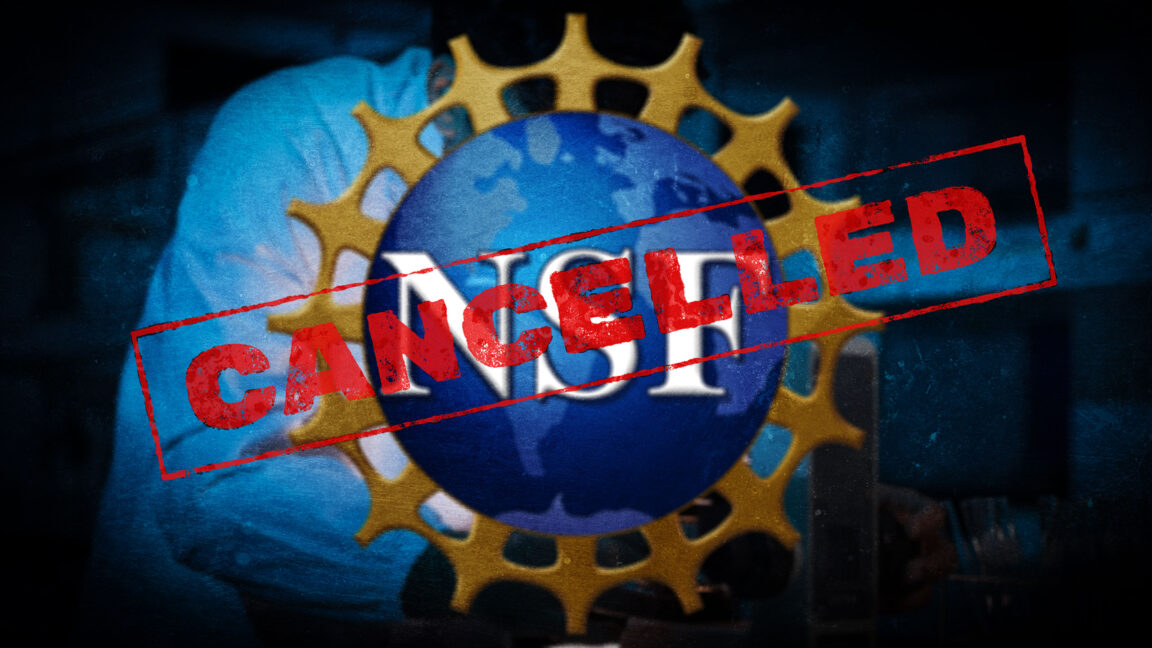How to Save and Load Models in Pytorch in 2025?
As deep learning continues to advance into 2025, frameworks like PyTorch remain at the forefront of this evolution. One of the critical tasks in the machine learning workflow is the saving and loading of trained models. This process ensures model persistence and flexibility to resume training or inference at any time. In this guide, we'll walk you through the most effective methods for handling model persistence in PyTorch for 2025. Introduction PyTorch has made significant improvements over the years, and by 2025, it offers even more robust capabilities for saving and loading models. Whether you're dealing with small networks or deep architectures, PyTorch ensures the process is seamless. Understanding these mechanisms is essential for any machine learning practitioner or data scientist working with this versatile framework. Saving PyTorch Models Saving your model's state is crucial for preventing data loss and ensuring that your results are reproducible. PyTorch allows you to save either the entire model or just its state dictionary. In most scenarios, you may prefer saving the state dictionary as it offers more flexibility. Save State Dictionary To save the state dictionary, which is the recommended approach, use the torch.save function: import torch import torch.nn as nn model = nn.Linear(10, 2) torch.save(model.state_dict(), 'model_state.pth') Save Entire Model While it's generally advised to save state dictionaries, there may be cases where saving the entire model is necessary: torch.save(model, 'entire_model.pth') Loading PyTorch Models Loading models in PyTorch is as straightforward as saving them. Depending on how you saved your model, you will either load the state dictionary or the entire model. Load State Dictionary model = nn.Linear(10, 2) model.load_state_dict(torch.load('model_state.pth')) Load Entire Model model = torch.load('entire_model.pth') Best Practices in 2025 Here are some best practices to keep in mind when saving and loading models in PyTorch as you enter 2025: Use State Dictionaries: They are generally more reliable and flexible, especially when you alter the architecture or optimize the model. Version Your Models: Keep track of changes by versioning your files, allowing you to restore or compare different model checkpoints efficiently. Replication: Always define your model classes and architectures to enable replication when loading state dictionaries. Consistency: When saving models in iterative training paradigms like deep reinforcement learning, ensure consistency in file naming and storage paths. Conclusion Saving and loading models is a fundamental aspect of working with PyTorch, especially as the field continues to evolve in 2025. By understanding these concepts and best practices, you can ensure the persistence and flexibility of your deep learning models. Whether you're embarking on a new project or scaling existing architectures, these techniques will support efficient workflow management. For further reading, consider exploring related topics: PyTorch Data Extraction Modifying PyTorch Layer Output PyTorch Autograd PyTorch Books With these resources, you'll be well-equipped to navigate the ever-evolving landscape of machine learning with PyTorch. Happy coding!

As deep learning continues to advance into 2025, frameworks like PyTorch remain at the forefront of this evolution. One of the critical tasks in the machine learning workflow is the saving and loading of trained models. This process ensures model persistence and flexibility to resume training or inference at any time. In this guide, we'll walk you through the most effective methods for handling model persistence in PyTorch for 2025.
Introduction
PyTorch has made significant improvements over the years, and by 2025, it offers even more robust capabilities for saving and loading models. Whether you're dealing with small networks or deep architectures, PyTorch ensures the process is seamless. Understanding these mechanisms is essential for any machine learning practitioner or data scientist working with this versatile framework.
Saving PyTorch Models
Saving your model's state is crucial for preventing data loss and ensuring that your results are reproducible. PyTorch allows you to save either the entire model or just its state dictionary. In most scenarios, you may prefer saving the state dictionary as it offers more flexibility.
Save State Dictionary
To save the state dictionary, which is the recommended approach, use the torch.save function:
import torch
import torch.nn as nn
model = nn.Linear(10, 2)
torch.save(model.state_dict(), 'model_state.pth')
Save Entire Model
While it's generally advised to save state dictionaries, there may be cases where saving the entire model is necessary:
torch.save(model, 'entire_model.pth')
Loading PyTorch Models
Loading models in PyTorch is as straightforward as saving them. Depending on how you saved your model, you will either load the state dictionary or the entire model.
Load State Dictionary
model = nn.Linear(10, 2)
model.load_state_dict(torch.load('model_state.pth'))
Load Entire Model
model = torch.load('entire_model.pth')
Best Practices in 2025
Here are some best practices to keep in mind when saving and loading models in PyTorch as you enter 2025:
- Use State Dictionaries: They are generally more reliable and flexible, especially when you alter the architecture or optimize the model.
- Version Your Models: Keep track of changes by versioning your files, allowing you to restore or compare different model checkpoints efficiently.
- Replication: Always define your model classes and architectures to enable replication when loading state dictionaries.
- Consistency: When saving models in iterative training paradigms like deep reinforcement learning, ensure consistency in file naming and storage paths.
Conclusion
Saving and loading models is a fundamental aspect of working with PyTorch, especially as the field continues to evolve in 2025. By understanding these concepts and best practices, you can ensure the persistence and flexibility of your deep learning models. Whether you're embarking on a new project or scaling existing architectures, these techniques will support efficient workflow management.
For further reading, consider exploring related topics:
With these resources, you'll be well-equipped to navigate the ever-evolving landscape of machine learning with PyTorch. Happy coding!







































































































































































![[The AI Show Episode 145]: OpenAI Releases o3 and o4-mini, AI Is Causing “Quiet Layoffs,” Executive Order on Youth AI Education & GPT-4o’s Controversial Update](https://www.marketingaiinstitute.com/hubfs/ep%20145%20cover.png)

































































































































![From Art School Drop-out to Microsoft Engineer with Shashi Lo [Podcast #170]](https://cdn.hashnode.com/res/hashnode/image/upload/v1746203291209/439bf16b-c820-4fe8-b69e-94d80533b2df.png?#)













































(1).jpg?#)


























































































_Inge_Johnsson-Alamy.jpg?width=1280&auto=webp&quality=80&disable=upscale#)

















































































































![Apple Developing AI 'Vibe-Coding' Assistant for Xcode With Anthropic [Report]](https://www.iclarified.com/images/news/97200/97200/97200-640.jpg)
![Apple's New Ads Spotlight Apple Watch for Kids [Video]](https://www.iclarified.com/images/news/97197/97197/97197-640.jpg)






































































![[Weekly funding roundup April 26-May 2] VC inflow continues to remain downcast](https://images.yourstory.com/cs/2/220356402d6d11e9aa979329348d4c3e/WeeklyFundingRoundupNewLogo1-1739546168054.jpg)

























